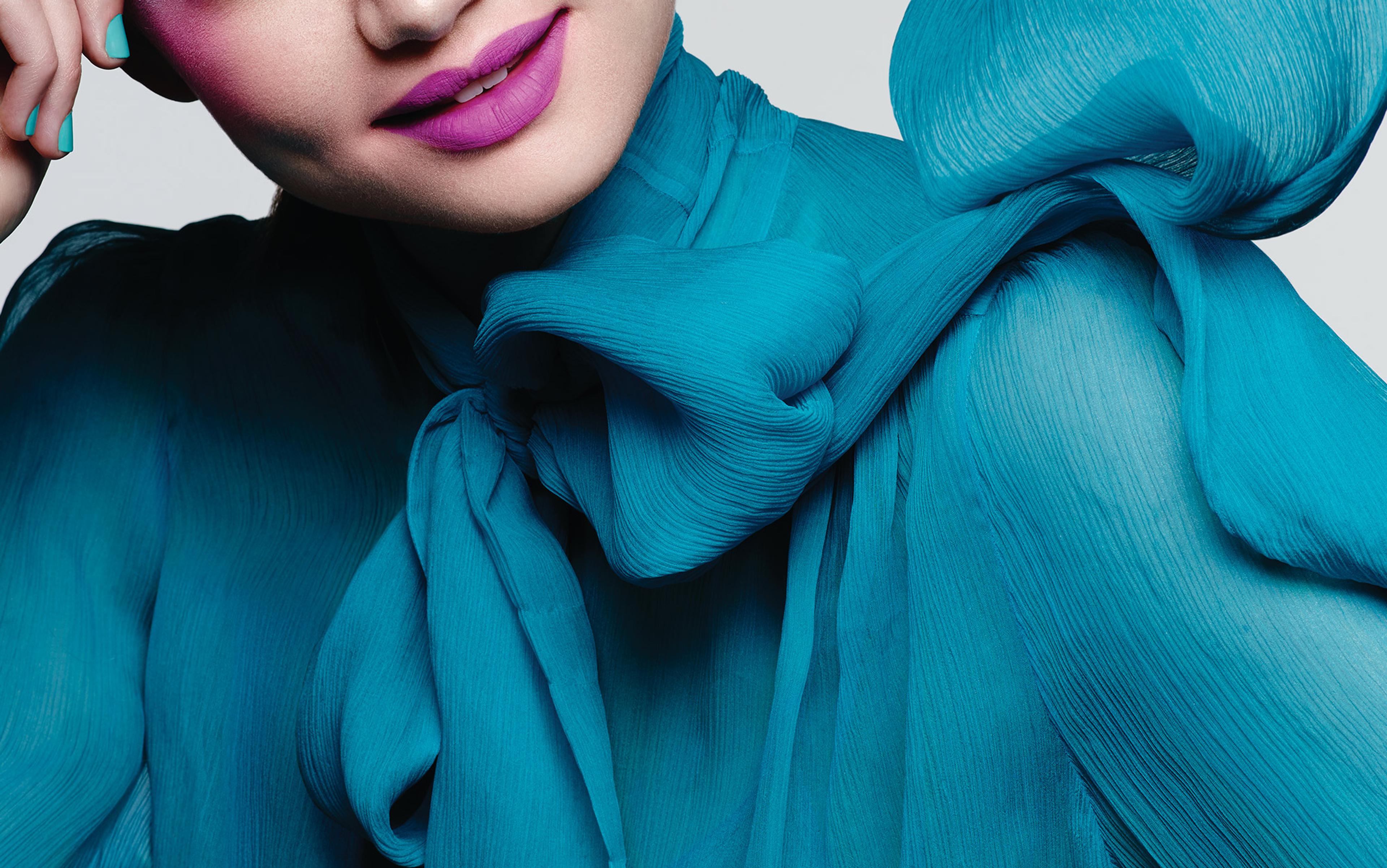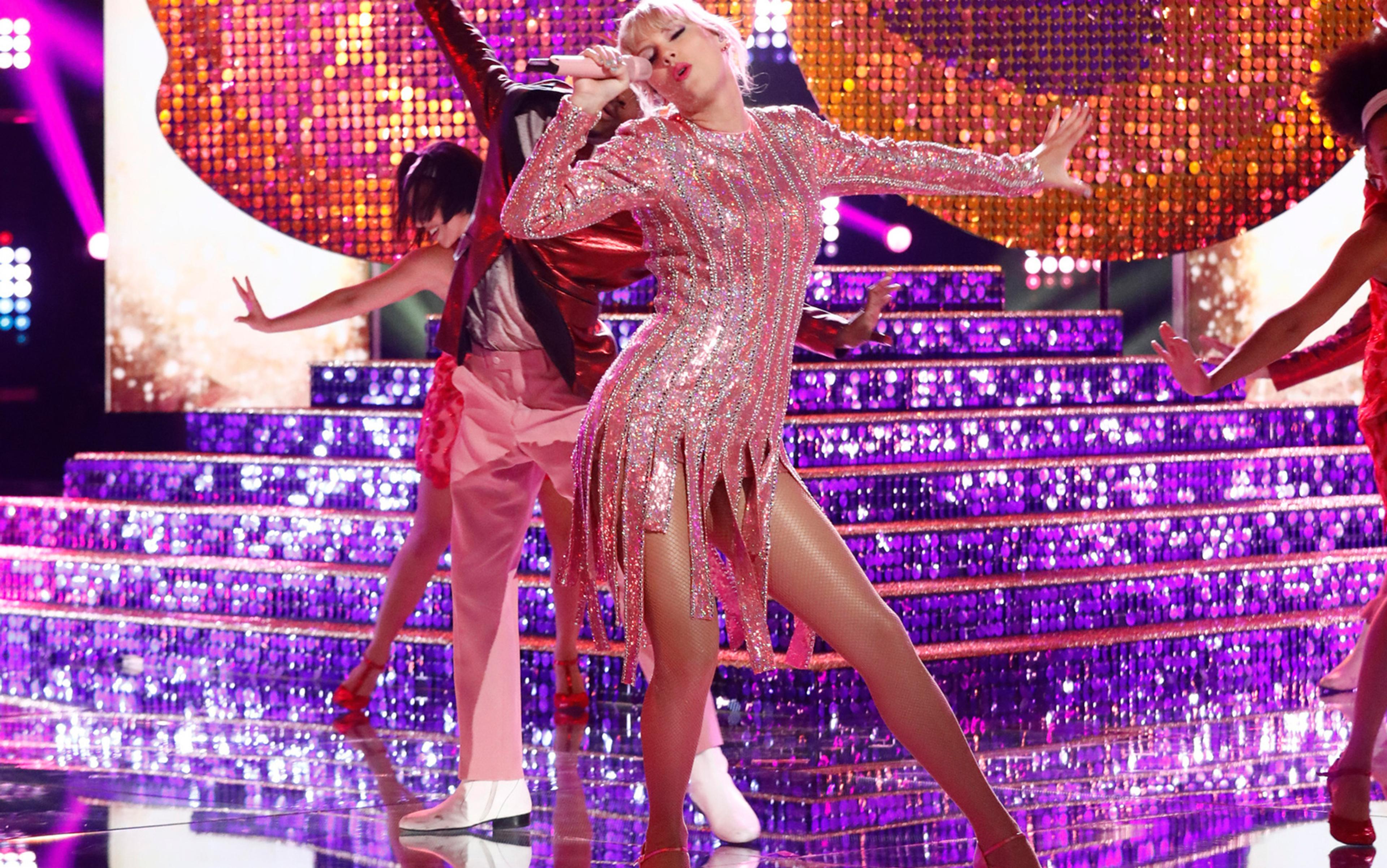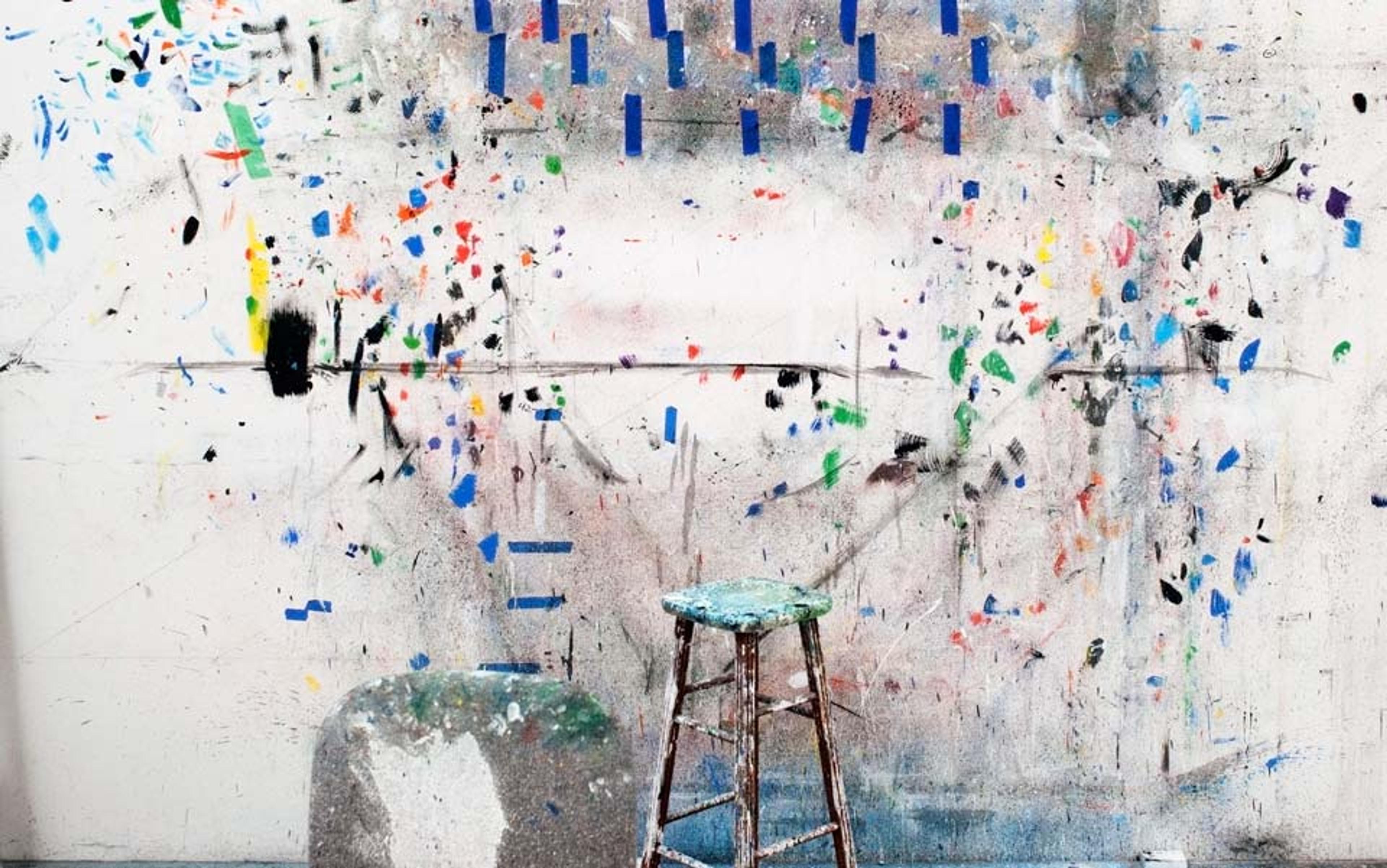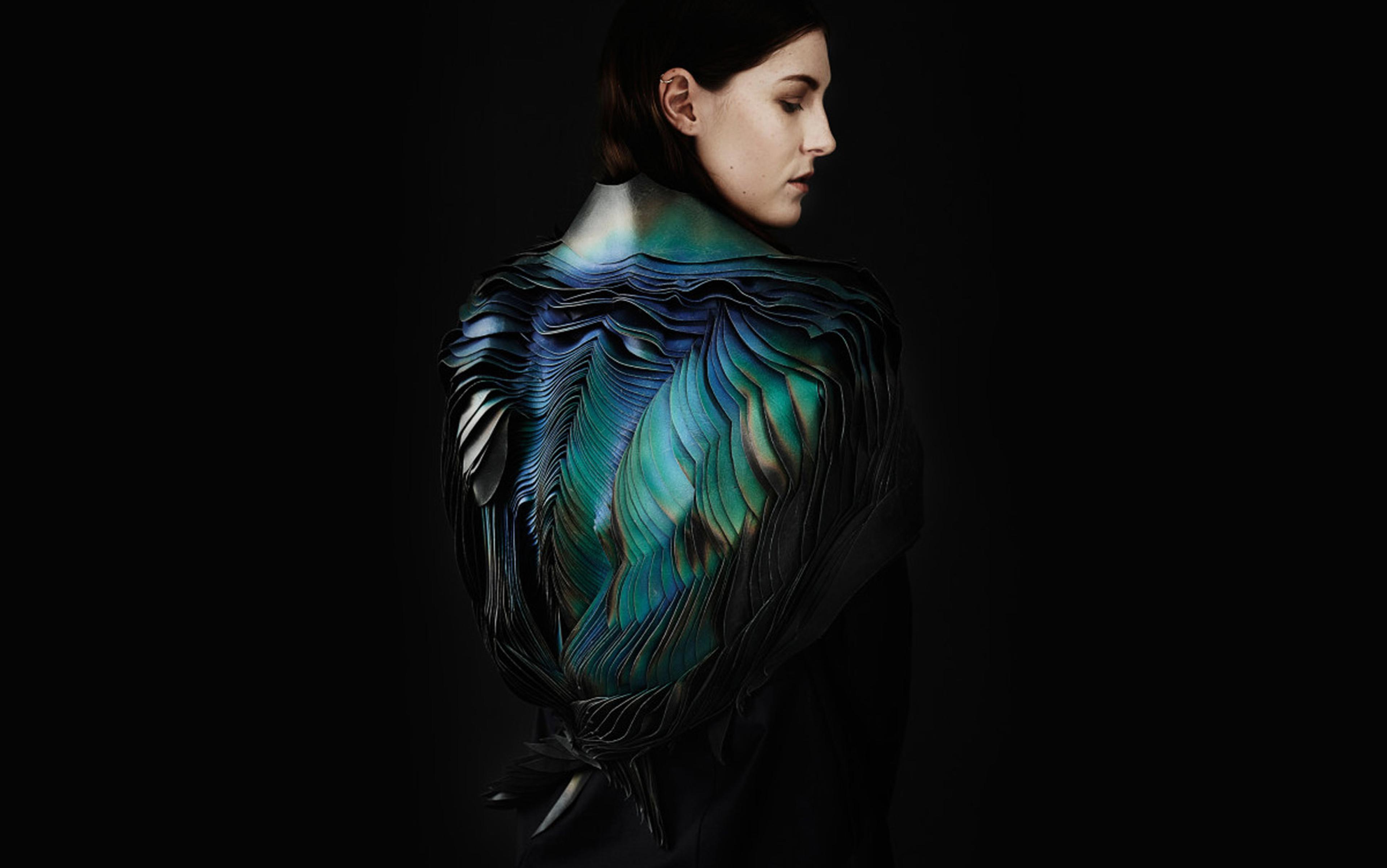Some cultural products live on and others die out. We all know this. But why do some works of creativity thrive and make history, while others disappear as soon as they have been released? What makes an idea, a poem, a song, a fashion item popular? There are so many possible explanations that it amounts to a mystery. Many artists and maybe even more producers, gallery owners and studio executives aspired and worked to understand the path to popularity in creative industries. The number of companies that depend on the understanding of culture is huge. It ranges from the big conglomerates in creative industries such as fashion, advertising or film, to all the giant tech companies that rely on the understanding of human behaviours and tastes.
One way to understand the success of creative products begins with a ‘population’ viewpoint of culture. Don’t think of cultural products as ‘monoliths’, complete wholes, but as combinations of cultural elements. For example, songs are associations of a finite number of essential components, such as verse, chorus, bridge, tempo, key, riffs, etc. Similarly, fashion items associate colours, patterns, fabrics and broader stylistic references such as a period or sub-culture. Many songs are made legend on the basis of just a few elements, such as the iconic three-note riff (D-B-E5 chord) in Led Zeppelin’s song ‘Whole Lotta Love’ (1969). From a list of 100 guitar riffs selected by a panel of experts, BBC listeners voted it the ‘best guitar riff of all time’.
Looking for the reasons why a cultural product is popular, then, might require us to understand the success of the various elements that compose these products. In other words, it might be necessary to look at the components and not just at the whole. In general, cultural elements can be genres (in music or film), stylistic references (in painting), ideas (in political programmes) or even fashion elements – basically, anything that can be used as a tool for creativity. At the heart of creativity stands the ability to combine various cultural elements in meaningful ways.
Artists and those in creative industries know all the different components and elements available in their craft. They think, talk and debate about the combinations that have, and those that have not, brought market success in the past. The French sociologist Pierre Bourdieu maintained that true creativity cannot be naive – that is, it cannot happen without a mastery of a given field. That knowledge, Bourdieu conceded in The Rules of Art (1992), could come from formal education, or from some form of exposure to practitioners.
To take seriously the population view of culture means understanding why some cultural elements survive better than others. It means laying aside the hunt for some mysterious ‘intrinsic quality’ in the product, or crediting simply great marketing. But we are lucky: there is one field where ‘quality’ alone does not – and cannot – explain the popularity of cultural elements. And that is fashion. Knowing whether long dresses are better than short dresses, whether minimalism is better than baroque, or whether the 1920s are better than the 1980s fashion-wise is a dead-end. ‘Whenever in doubt, wear red,’ said the American fashion designer Bill Blass. Some of us might find this strange today, and – when in doubt – would rather wear black. But Blass’s statement shows the importance of fashion-stylistic elements by confounding stylistic confidence with a specific colour. It also exemplifies the confidence of the talented designer in his or her choices. Success, in the case of fashion, comes from choosing the right elements to include in a collection.
The population ecology of stylistic elements available to fashion designers might hold some answers to failure or success. It consists of the repertoire from which they can choose elements. Its main components are colour, fabric, pattern and look. Each of these components includes a multiple but still finite number of choices. If designers just follow and respond to surrounding trends, they engage in the well-known fashion process of imitation and distinction.
The notion that fashion is based on imitation – a way for individuals to feel that they belong to something ‘bigger’ than themselves, for example a social class or a nation – was first articulated by the Anglo-Dutch philosopher Bernard de Mandeville in his Fable of the Bees (1714). Two centuries later, the American economist Thorstein Veblen and the German sociologist Georg Simmel came up with the idea of fashion as distinction. Specifically, upper classes use style and dress to assert their status: however, after a while, the popular classes imitate them, leading the elites to search for new ways to distinguish themselves. Fashion houses simply follow what market leaders or prestigious fashion houses decide. They try to find some level of distinctiveness by avoiding the styles that are too widespread. For example, when everyone is taking minimalist inspirations, it might be time to bring back some baroque elements.
Individuals who connect groups have greater ‘recombination potential’
Fashion designers are also dependent on the cultural elements themselves, and in particular their relative fit among other cultural elements. Social-network theory tells us that people know the power of network positioning. In particular, the ‘centrality’ of an individual in an organisation or industry matters (ie, how dense the number of connections with others) and shapes a lot of outcomes in organisational life. For example, individuals who connect groups that are otherwise disconnected control information flows and have access to non-redundant information, and so greater ‘recombination potential’, and might therefore be more creative.
The embeddedness of a cultural element – its relative fitness or resonance among other cultural elements – gives it a survival advantage. For example, the ‘florals’ stylistic elements (the presence of flowers in patterns) is used a lot in fashion because it can be used in association with a broad range of colours. ‘Survival’ here must be understood in a way that is specific to culture. One key difference is that, unlike species for example, cultural elements do not face extinction. They can disappear for a while and come back unexpectedly. They can always be reactivated since they are archived, and these archives are learned and known by cultural producers (ie, history).
In addition, although cultural elements ‘compete’, they do so for the attention of cultural producers. Ultimately, it is people who decide the fate of a cultural element. So, unlike what happens for example in biology, the drive for survival is derivative for cultural elements: it is because producers want to survive through their products that they select certain types of elements, which have certain features.
The ‘embeddedness’ of stylistic elements has implications for their recombination and use. In our recent study, we found that elements displaying these features were overall more popular. More specifically, elements that were connected to (more) elements otherwise unconnected had an edge for being used in the following seasons, ie being more popular among fashion houses. What constitutes a connection? For people, it is clear. Two people are connected when they are friends or work together. Interpreting connections among cultural elements can be trickier. Two cultural elements are connected when they are used concomitantly in a cultural product.
This simple approach can be used across industries. For example, two film genres used in a given movie are connected, such as comedy and drama are connected in the fashion movie The Devil Wears Prada (2006). Or two ideas present in the same political programme. In fashion more specifically, two stylistic elements used in the same collection would be linked. Looking at all the collections presented during a specific fashion season would then give us a network of stylistic elements connected through fashion collections.
Our study is also unique in terms of breadth. We looked at 12 years of data, between 1998 and 2010, covering the main fashion weeks: Paris, New York, Milan and London. The first decade of the 21st century offers a convenient period, with a stable ‘regime’ of fashion: two seasons per year (Fall/Winter and Spring/Summer) and four fashion capitals that clearly dominate the industry. Things have changed recently, with more seasons, such as Pre-Fall and Pre-Spring, and more fashion capitals knocking at the door of the global fashion elite. Similarly, with the rapid spread of social-media usage, it is possible that additional drivers of stylistic elements might need to be included (although this point is debatable as social media could simply be an extension of traditional media).
Green and blue might not go well together but turquoise can act as the bridge
Two mechanisms can explain these empirical results. Since research on networks is mostly about how people are connected (at least in the social sciences), we cannot simply ‘import’ understandings from the social-networks literature and apply them as such to culture. For example, while we know that ‘brokers’ who connect otherwise unconnected groups of people can benefit from controlling information flows, cultural elements do not ‘exchange’ information. Their position as ‘bridges’, so to speak, in networks of cultural elements is a way to capture both their ‘fit’ or ‘associative power’ and their ‘legitimacy’.
Cultural elements that link otherwise unconnected elements amalgamate various aesthetic spheres. This is their ‘associative power’, their ability to fit in various contexts. For example, although green and blue might not go well together – at least from a conventional point of view – turquoise, which fits with both, can act as the bridge, even physically separating blue and green on actual fashion items. Specifically, going back to the ‘florals’ example, it has an edge because it can be associated with a broad range of otherwise unconnected, or never associated, stylistic elements. On the other hand, the ‘military’ look has less associative power: for example, joyful colours are rarely seen with it, while ‘florals’ can be associated with any colour.
‘Legitimacy’ is the second mechanism. Stylistic elements that can be associated with many unconnected elements are seen as being more legitimate, used across a wide array of contexts. Thus, although associative power is about aesthetics, legitimacy is about ‘playing it safe’. Designers, when they select stylistic elements, first think about how to create a collection that will work, that is, that will sell because of its intrinsic creativity. They choose elements that go well together and that will be accepted as being legitimate; although some level of risk and distinctiveness can help for success, in fashion, like elsewhere, you do not want to be ‘too weird’.
The effect of ‘stylistic brokerage’ that we found in fashion is a net result, taking into account factors such as past use of the focal element, the category it belongs to, and other variables. We took great care to isolate our effects by using advanced statistics.
Our study raises some thorny questions. What, then, is the source of that ‘fitness’ and that ‘legitimacy’? Our data do not really allow us to answer this question with facts – however, we can offer some reasonable guesses. Do these factors – that are deep and universal – have to do with the laws of physics, the evolution of the human eye, etc? In support of this point of view, it is fascinating that across cultures, blue is actually a big favourite. Perhaps then, Blass could have said Whenever in doubt, wear blue, although his actual statement was pinned to the necessity of standing out and striking the eye. We see this in music, in the ‘fact’ of musical keys (‘normal’ combinations of notes or chords); for example, in the key of C, our brain seems to prefer the major chord progression of C, F and G (the so-called 1st, 4th and 5th chords in a key, so common to rock music) – if you happen to strike a Bm, it will be noticeable (and the dissonance unpleasant).
Or are they, despite gaining inertia and apparent stability, nonetheless socially constructed and able to change? This is reasonable, not least because new stylistic elements constantly emerge, and connections that were unheard of yesterday might be acceptable – even fashionable – today. A fascinating example is that of blue and green, mentioned earlier. Like pink and red, or navy and black, the combination of green and blue was traditionally frowned upon, but recently it has been used quite a lot by fashion designers, and been seen as daring and chic. Indeed, even in music, what was once ‘dissonant’ can become acceptable, or at least meaningful, and in that sense popular. Jimi Hendrix’s unorthodox version of ‘The Star Spangled Banner’ at Woodstock in 1969 is still recognisable and apparently popular (more than 1 million YouTube views), or as the television host Dick Cavett asked Hendrix in an interview: ‘Don’t you find that there’s a certain mad beauty in unorthodoxy?’
Does the cultural sphere have human agency on a leash?
Yet, our point is not that wild cultural entrepreneurs such as Hendrix exist, only that much of what we call creativity might be about silent selective pressures that favour well-embedded cultural items. In other words, what if a designer’s ‘choice’ is really just the human brain recognising the superior fit or robustness of a cultural element? Does the cultural sphere – once it has been created, with an appropriate amount of complexity – have human agency on a leash?
In any case, there are some restrictions that limit human creativity: not all cultural elements from which cultural products are made are created equal. In fact, what our ‘network’ viewpoint on culture helps us capture is a set of underlying features of cultural elements. We looked at fashion trends – because we believe that they are particularly apt for a deeper dive into what drives culture. We believe that the social sciences would benefit from taking a more systematic look at the structure of culture, that is to say how the elements of culture are interrelated, and what really sets some apart when it comes to human attention and selection. In as much as this is relevant in fashion or music, it might be even more useful in the study of ideologies and political movements, topics that have taken a much more serious tone in recent years.
We also speculate that looking at how individuals (or even collectives) choose cultural elements over time, and how those are interrelated and structured, could lead us to unveiling the unique ‘signature’ or ‘style’ of artists and creative producers that is so hard to catch. Expanding our approach would help to materialise the French fashion designer Coco Chanel’s insight that ‘Mode passes; style remains.’ It is the patterns of choices, and the patterns of those patterns, that could help capture style. Our dive into culture, and networks of cultural elements, is, we hope, only the start of a more systematic exploration of the collective underpinnings of human creativity.






